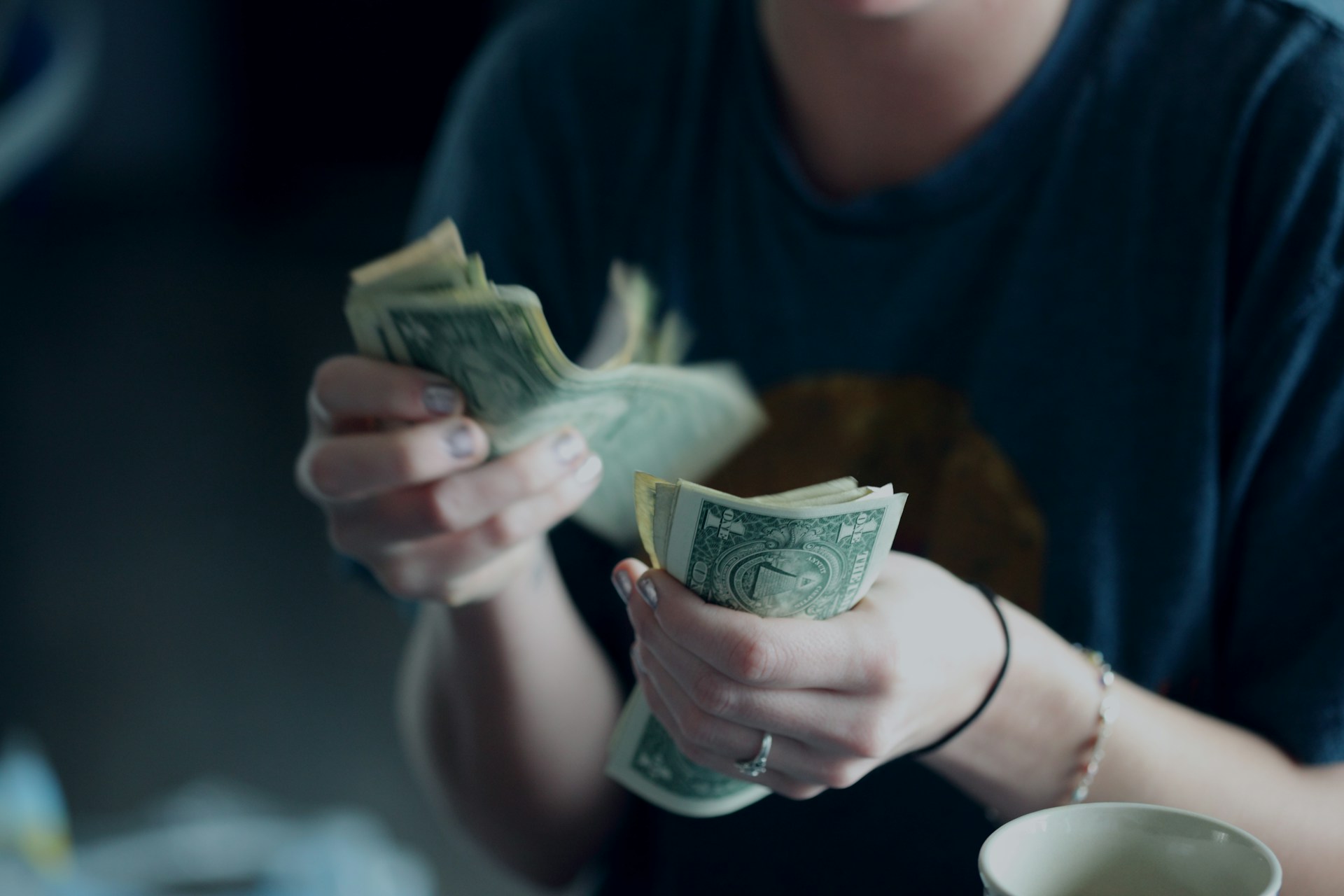Lifestyle
9 Everyday Products Americans Are Giving Up to Save Money
By Jake Beardslee · October 14, 2025
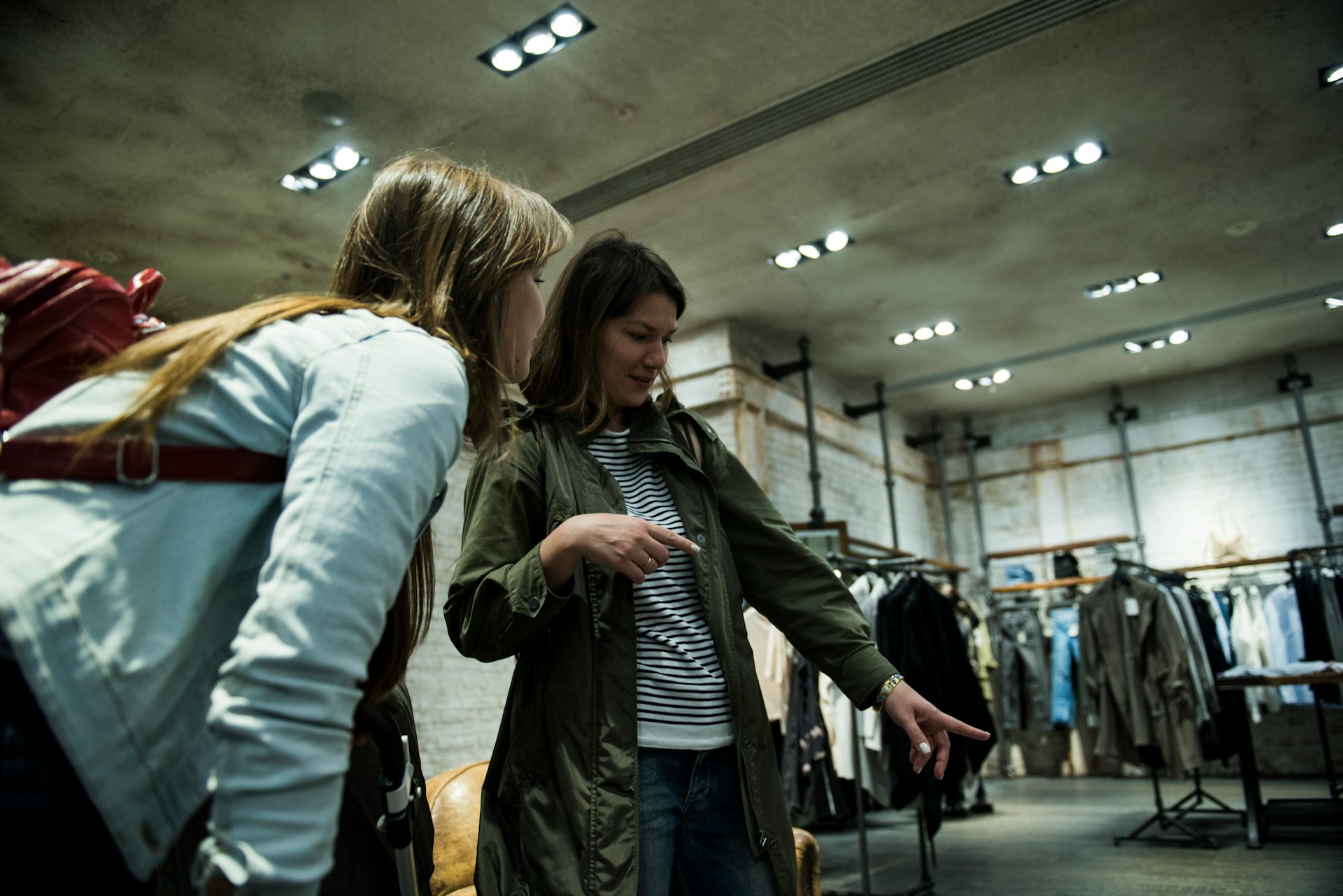
Inflation Fatigue Hits Home
Prices keep rising—but patience isn’t infinite. Across the country, Americans are quietly drawing lines in the sand over what they’re willing to pay for. Products that once seemed affordable or routine are now viewed as indulgences. The era of shrugging and swiping the card has given way to a new calculus: Is this really worth it anymore?As inflation continues to chip away at budgets, consumers are shifting their habits in noticeable ways. They’re cooking more meals at home, skipping salon visits, and dropping subscription boxes that once brought them joy. The message is clear: everyday luxuries aren’t feeling so everyday anymore.
Here are nine products that got so expensive, some Americans decided to walk away. Juli Kosolapova / Unsplash
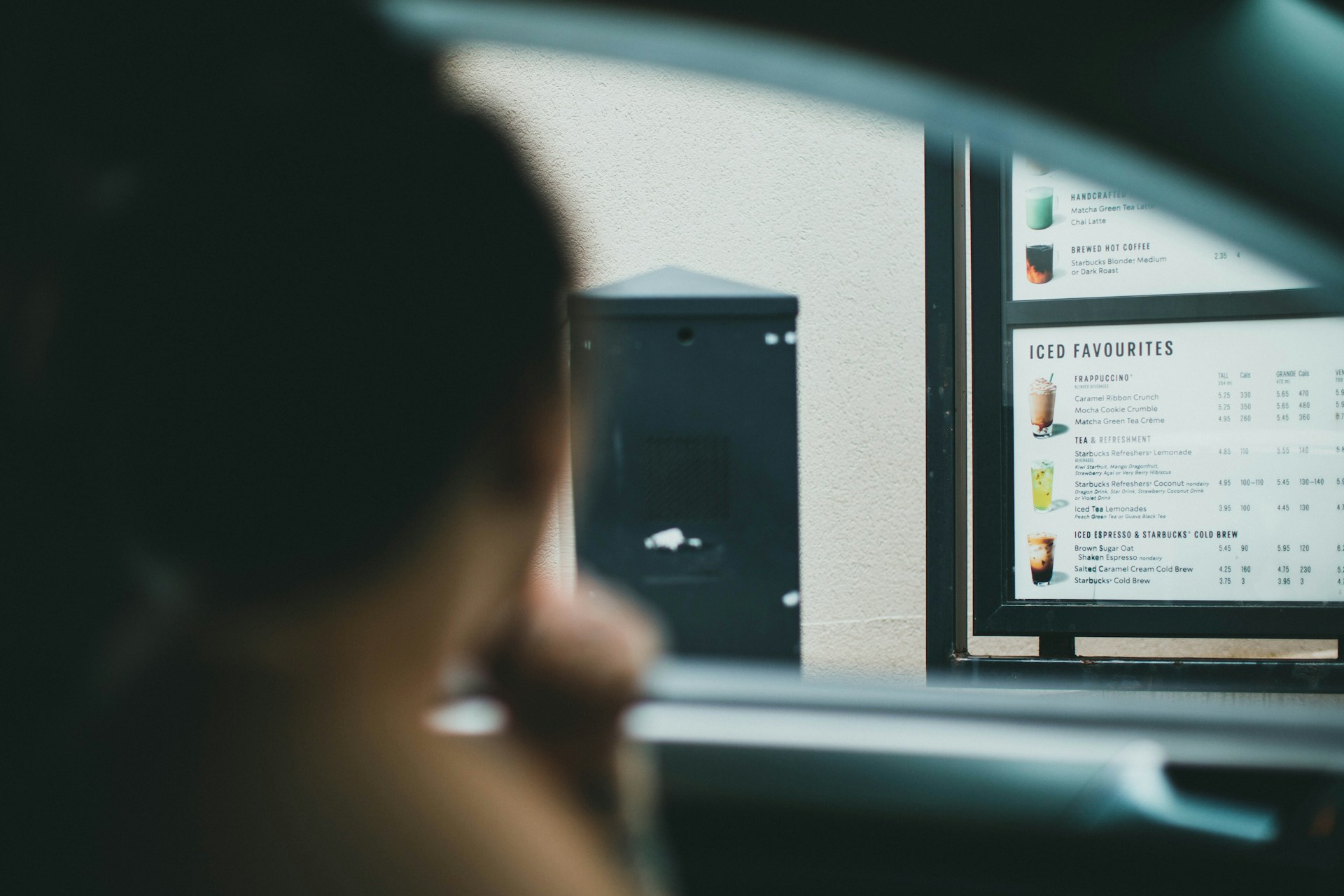
1. Drive-Thru Dinners Lose Their Appeal
Fast food used to be the cheapest and fastest way to feed a family, but those days are gone. Combo meals that once cost under $6 can now rival sit-down restaurant prices. Many families who relied on drive-thrus for convenience are turning to home cooking instead. The golden arches may still beckon—but for many, it’s no longer worth the splurge. Jonathan Cooper / Unsplash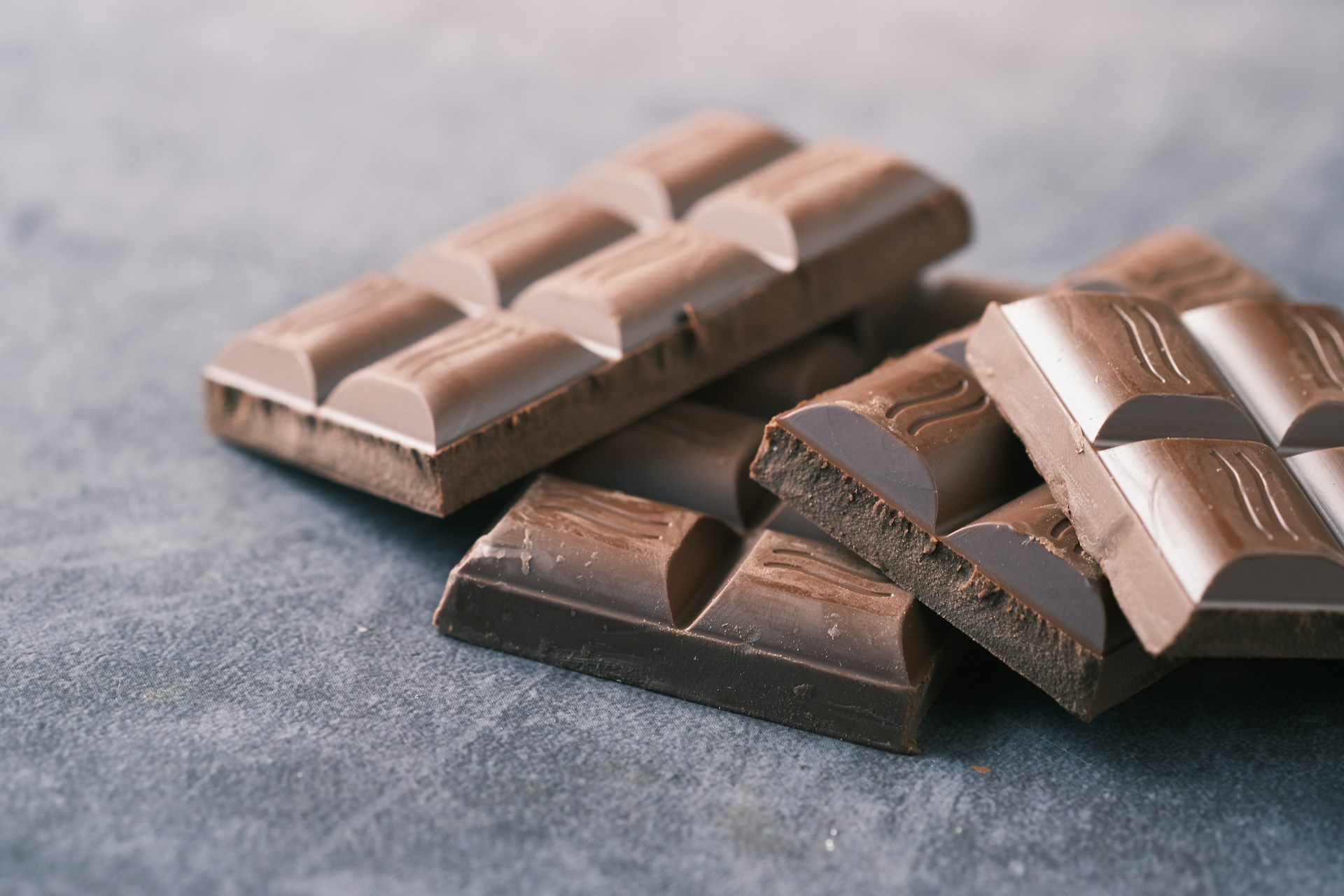
2. Candy Aisle Temptations Fade
Chocolate bars, cookies, and candy were once automatic add-ons to a grocery run. Now, they’re casualties of tighter budgets. Prices for packaged sweets have climbed so high that impulse treats feel like unnecessary luxuries. Faced with $3 candy bars, many shoppers are cutting back and focusing on essentials instead. Towfiqu barbhuiya / Unsplash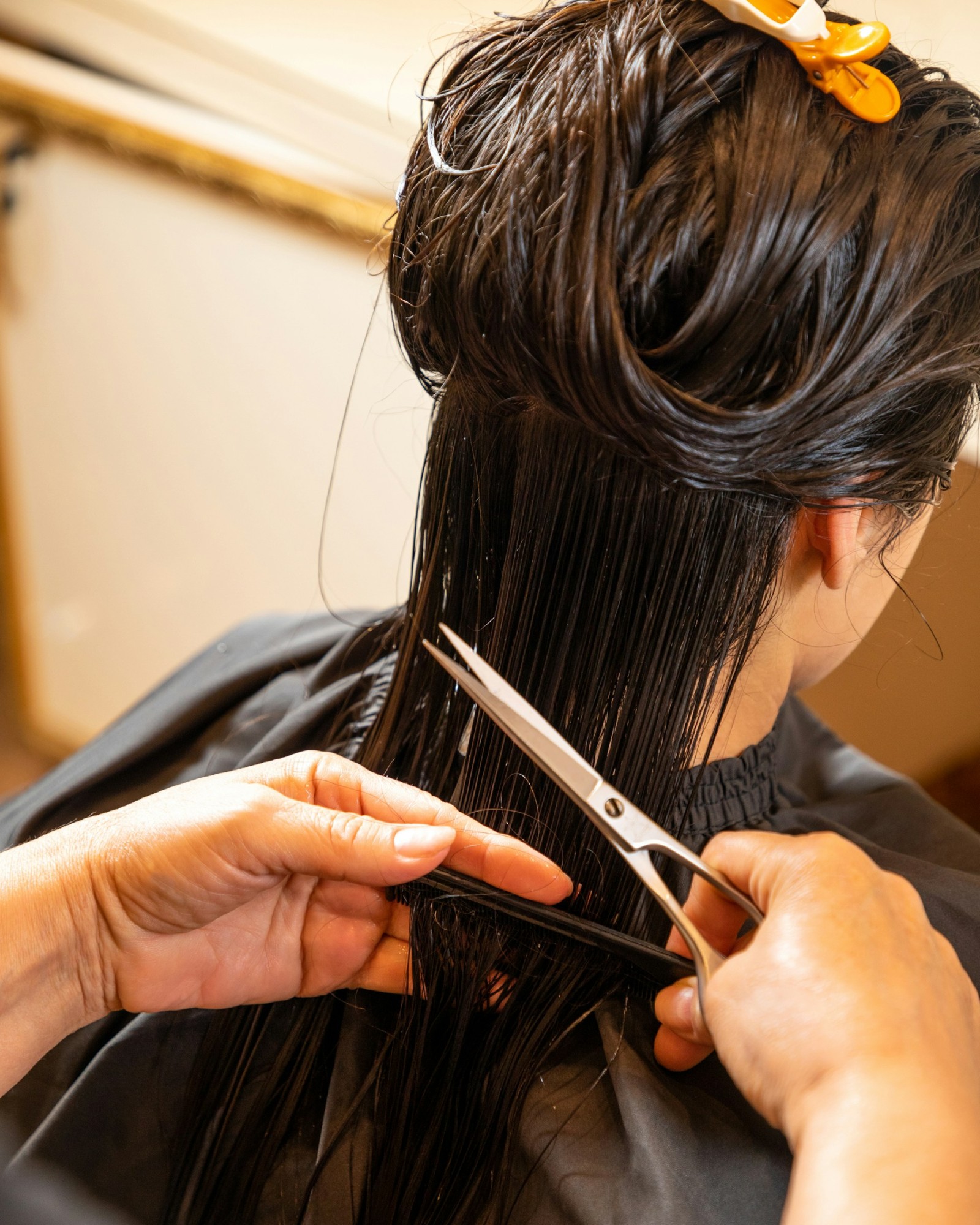
3. Beauty Appointments Become DIY Projects
Rising prices for haircuts, color, and nail appointments have pushed even loyal clients to rethink their routines. What was once self-care now feels like a luxury. Many are stretching the time between visits, skipping extras, or learning DIY techniques. The result: at-home beauty hacks are booming, while professional services take the hit. Farhad Ibrahimzade / Unsplash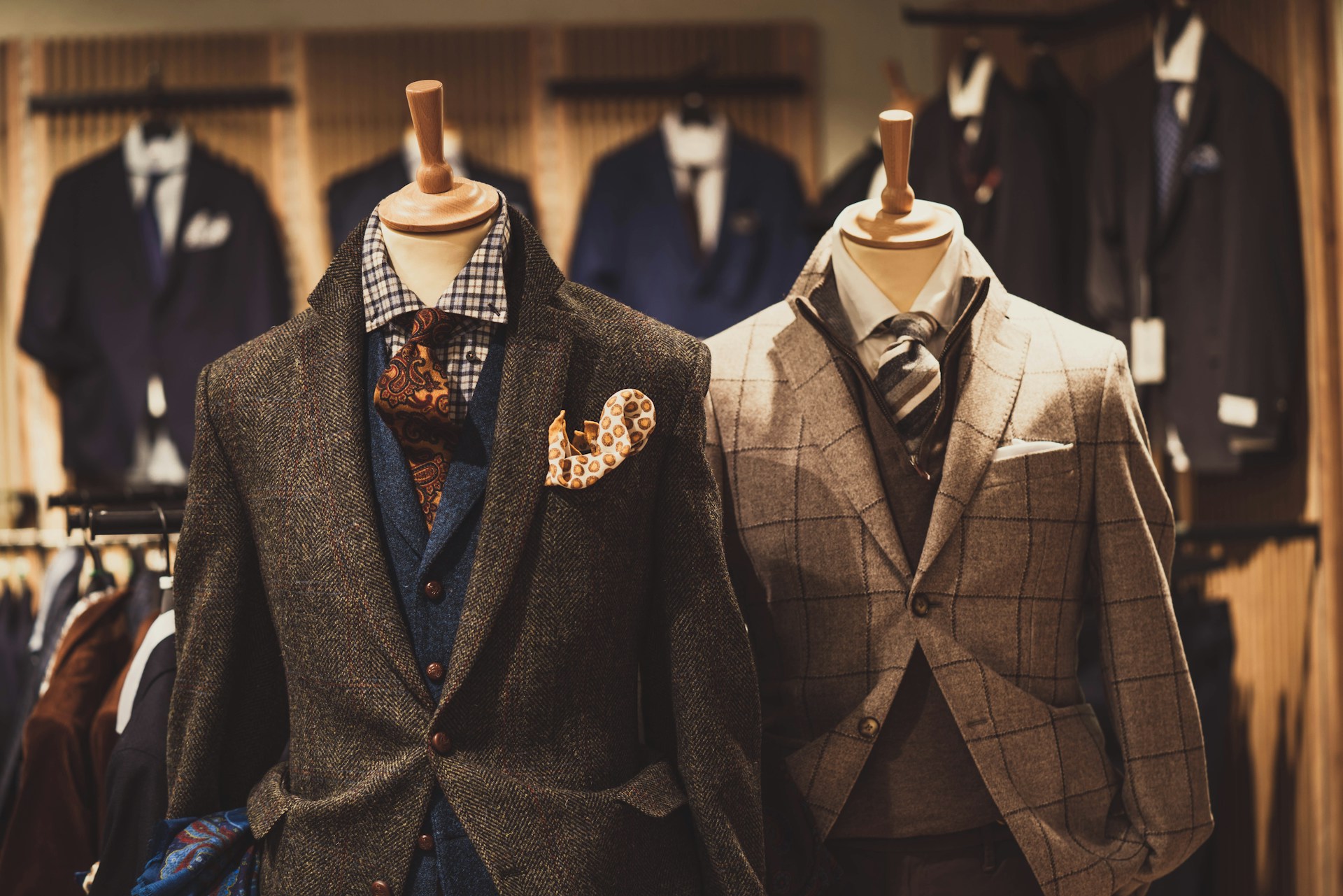
4. Fashion Labels Out of Reach
Global supply chain costs, tariffs, and inflation have driven up prices for clothing and shoes. Even mid-range brands are feeling out of reach for many consumers. Shoppers are delaying purchases, turning to thrift stores, or supporting local makers instead. Buying a new pair of sneakers no longer feels like a quick decision—it’s a financial one. Alexander Naglestad / Unsplash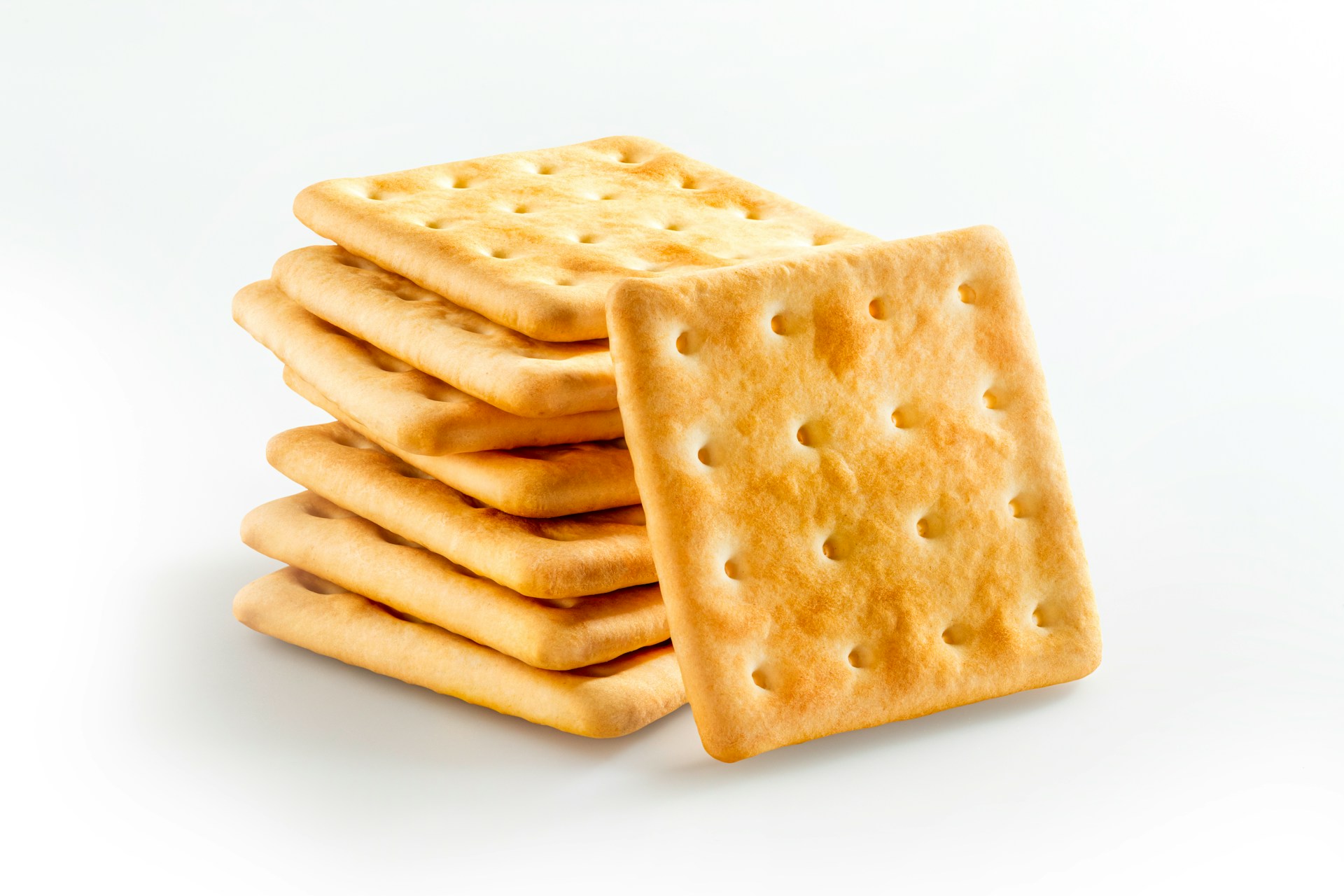
5. Snack Foods Lose Their Crunch
Beyond sweets, all kinds of packaged snacks are losing ground. Chips, crackers, and frozen finger foods have become noticeably pricier, prompting more people to opt for homemade alternatives. The shift reflects a reevaluation of convenience itself—especially when processed foods no longer save money. Sergey Kotenev / Unsplash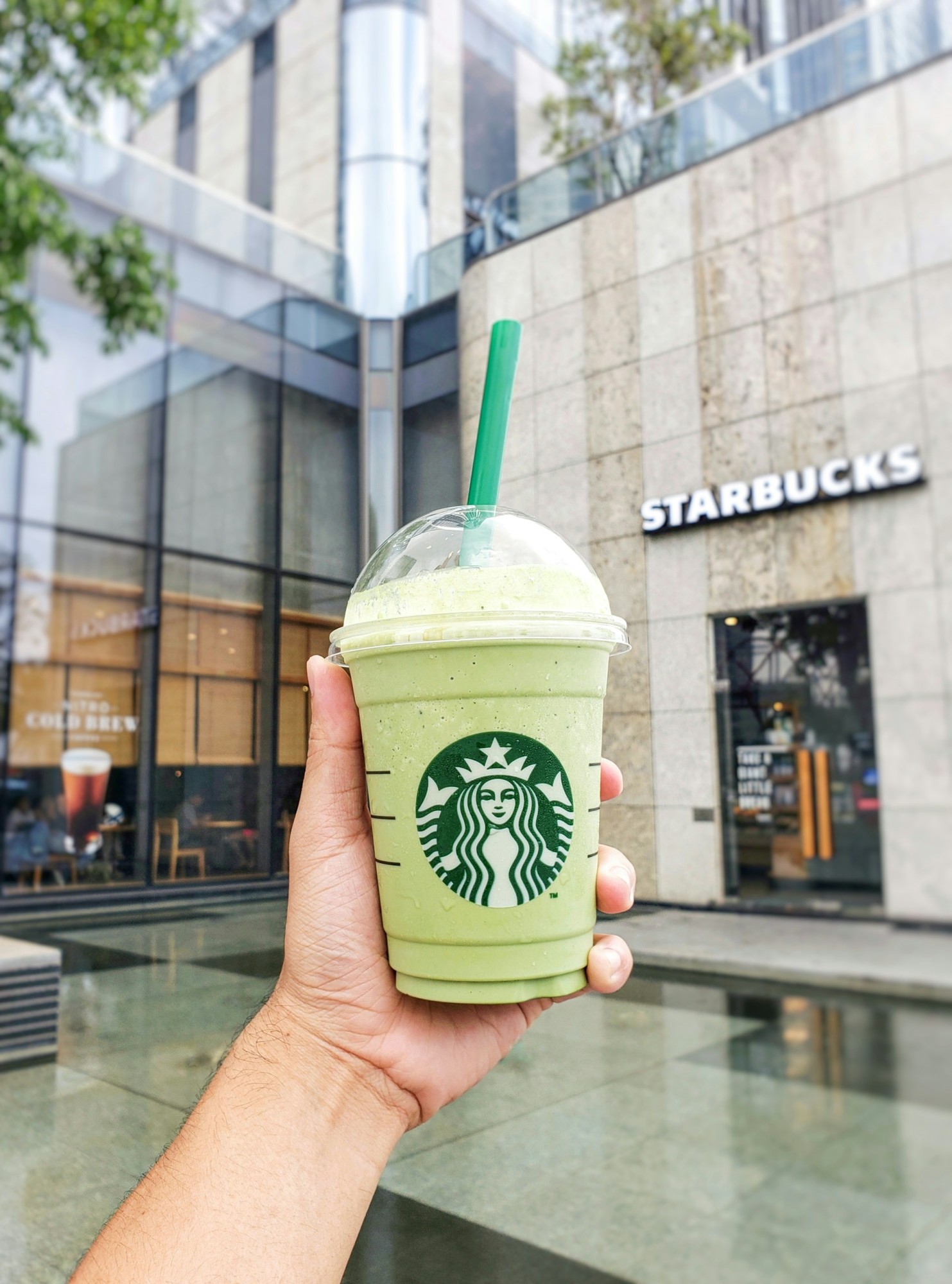
6. Coffeehouse Culture Cools Down
That $7 latte habit is fading fast. Specialty coffee drinks are among the first indulgences to go when budgets tighten. Instead, many people are brewing at home, buying beans in bulk, and investing in quality coffee makers. What used to be a harmless daily treat now feels like an easy place to save. q u i n g u y e n / Unsplash
7. Bottled Beverages Fall Flat
Paying for water has become harder to justify. With the cost of groceries and fuel still rising, many are ditching single-use beverages altogether. Reusable bottles and home filtration systems are taking over, reducing both waste and spending. The appeal of convenience just doesn’t outweigh the price tag anymore. charlesdeluvio / Unsplash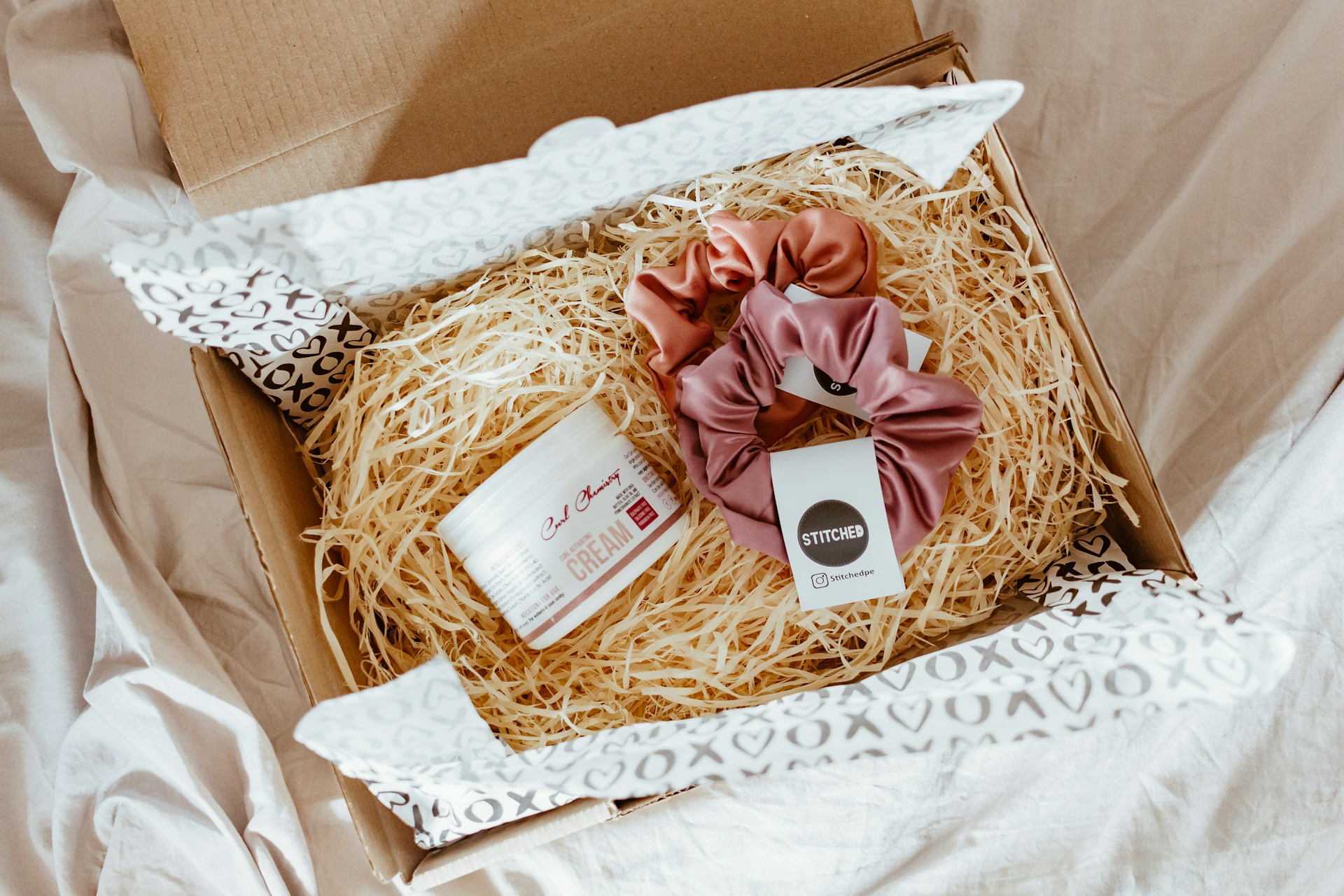
8. Subscription Boxes Get Canceled
Monthly boxes of beauty products, snacks, or novelty items once felt like a fun surprise. Now, they’re often among the first things cut from the budget. As essentials take priority, even small recurring charges are getting scrutiny. The subscription boom of the past decade is giving way to subscription fatigue. Sincerely Media / Unsplash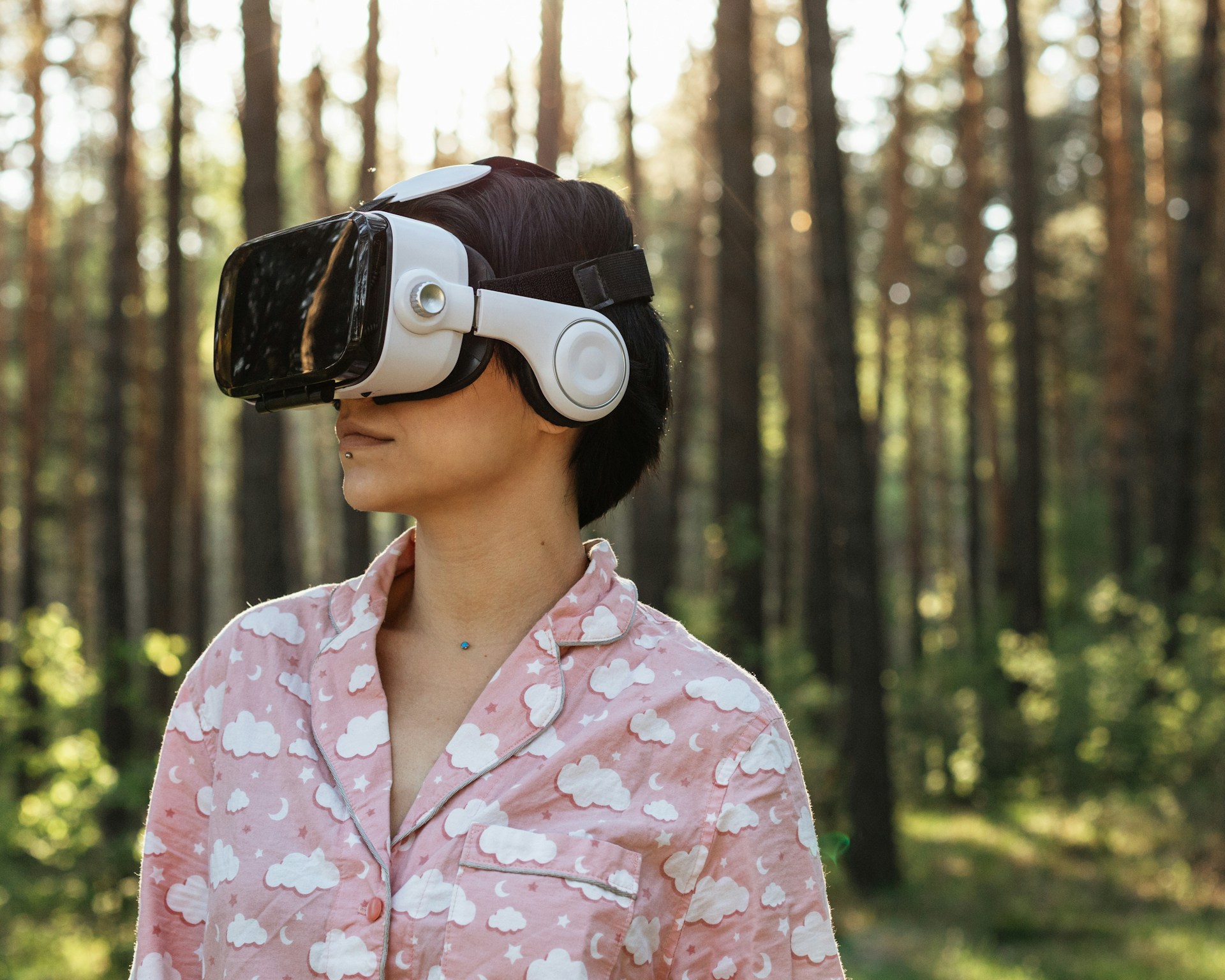
9. Gimmicky Gadgets Lose Their Shine
Fancy packaging, limited-edition releases, and unnecessary gadgets are losing their charm. When consumers are paying more for basics, add-ons and aesthetic upgrades feel hollow. Minimalism is winning over novelty, and brands that relied on “extra” appeal are feeling the pullback. Dmitry Ganin / Unsplash